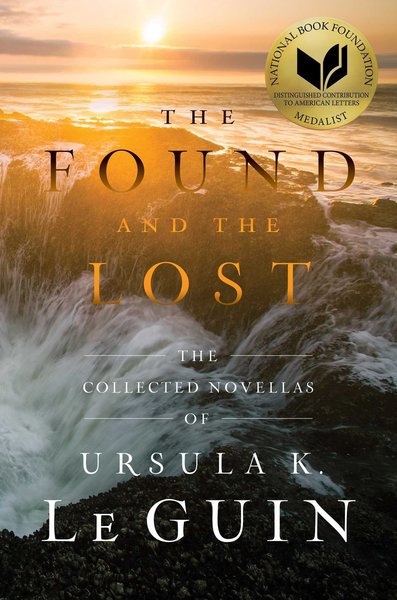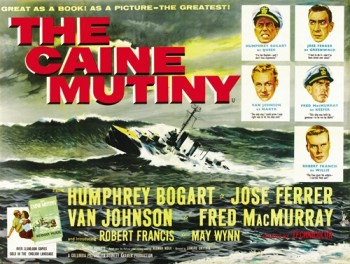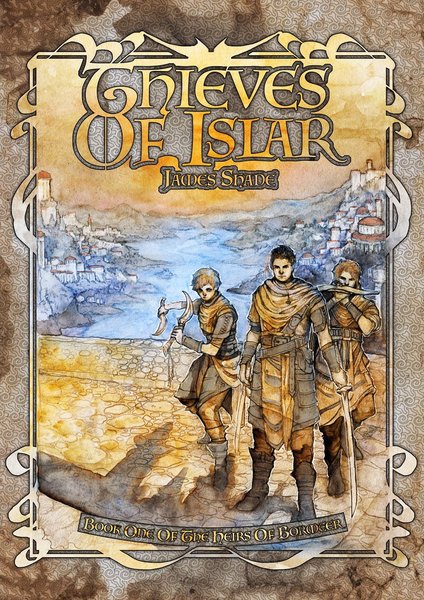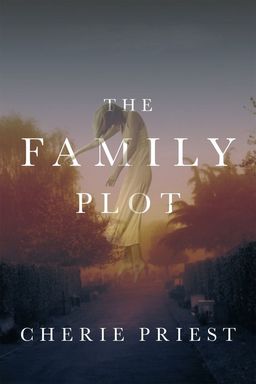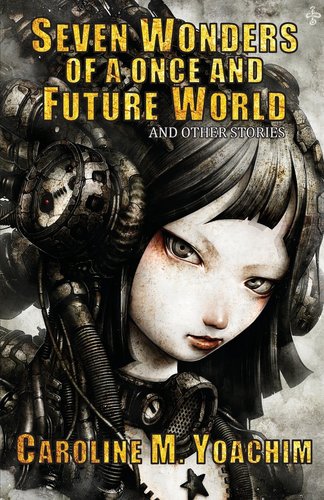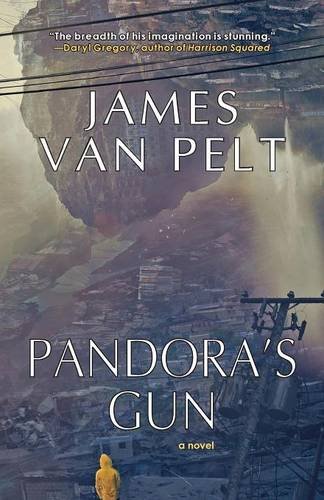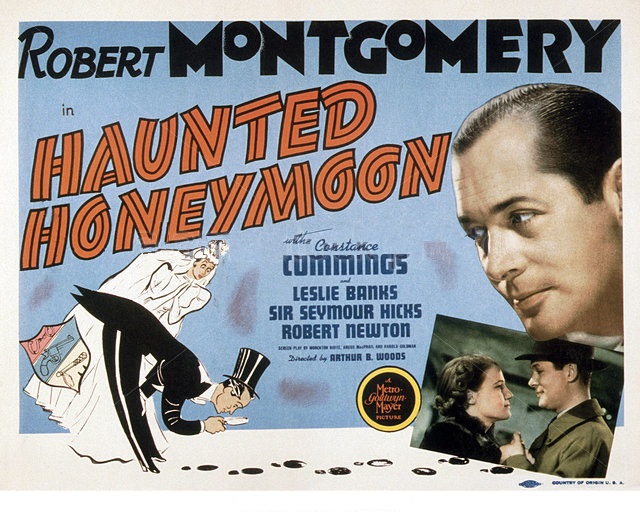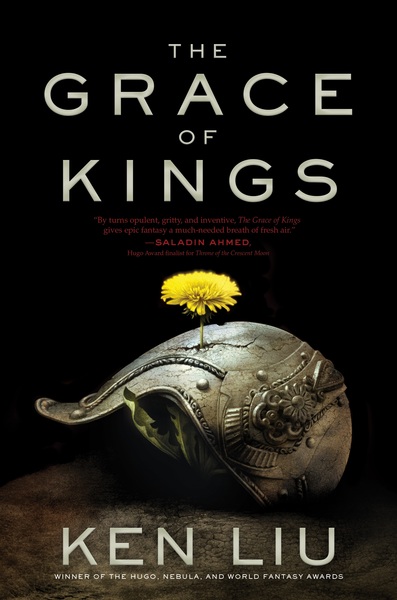September Short Story Roundup
 We’re still in the midst of a swords & sorcery renaissance that started around a decade ago, and now there’s a broader pulp one going on as well. Between the first issue of Skelos and the third of Cirsova, September saw a hurricane of short stories involving swords, wizards, warriors, pirates, and space pirates. Good times ahead! At least that’s my hope.
We’re still in the midst of a swords & sorcery renaissance that started around a decade ago, and now there’s a broader pulp one going on as well. Between the first issue of Skelos and the third of Cirsova, September saw a hurricane of short stories involving swords, wizards, warriors, pirates, and space pirates. Good times ahead! At least that’s my hope.
I first became aware of Skelos‘ then-impending existence with a flurry of internet activity announcing a Kickstarter this past spring. On the pledge page the magazine was heralded as “A horror and fantasy journal featuring short fiction, essays, poetry, reviews, and art by both seasoned pros and talented newcomers!” I found those words impossible to resist, and kicked in enough money to get myself billed in its pages as a benefactor, and be rewarded with a print copy and a four-issue e-book subscription.
When the print copy of Skelos 1 appeared in my mailbox last month, I was very impressed with its look and feel. The cover is decorated with a nicely creepy Gustav Doré illustration and the inside is filled with great black and white art.
Skelos is edited by a triumvirate comprising Mark Finn, Chris Gruber, and Jeffrey Shanks, but the introduction was written by Finn alone. The co-editors are looking to have an an ongoing conversation with their readers and are “willing to learn as we go, if you’re willing to talk to us about the thoughts behind the words and pictures. We want everyone to walk away feeling like they learned something new, or at least, were heard and understood.” It may be “too ambitious to try and bridge the gap between Classic Weird Fiction and New Weird Fiction,” but where they intersect is what the trio find interesting, and what Skelos intends to investigate. While there are very specific references to authors and artists from the early days of weird fiction (Lovecraft, Moore, Bok, and Finlay), there aren’t any contemporary ones. If that sounds a little vague, I believe it’s deliberate, as Skelos is still a work in progress.
